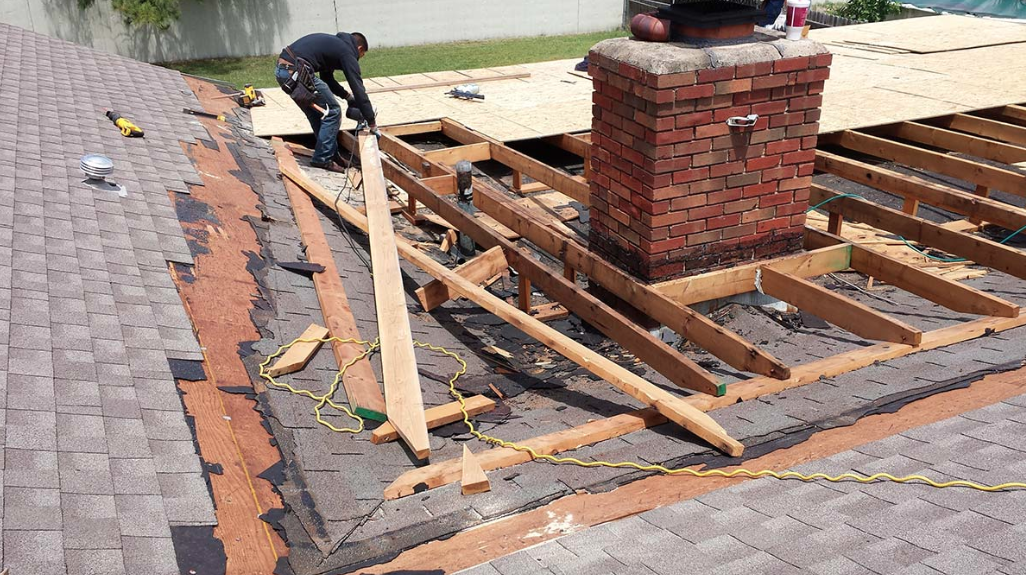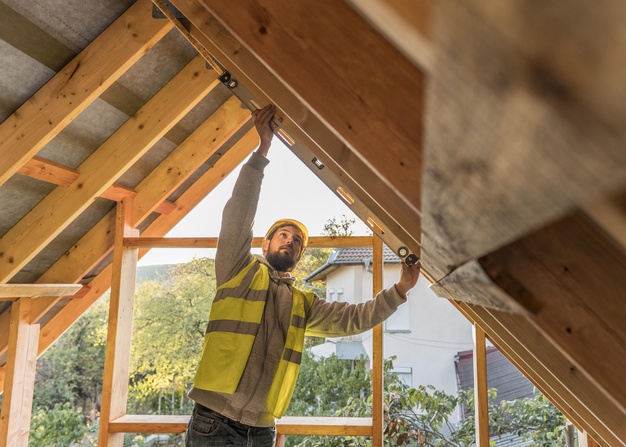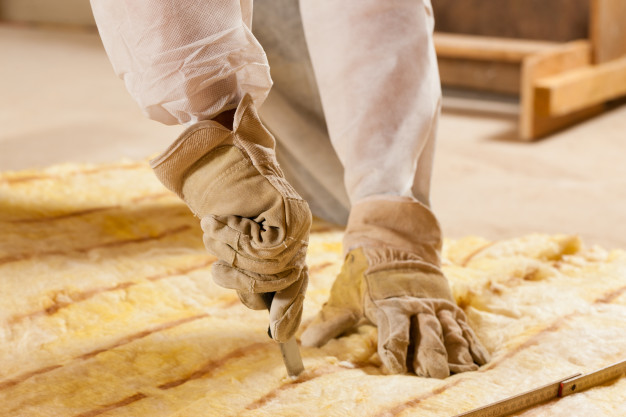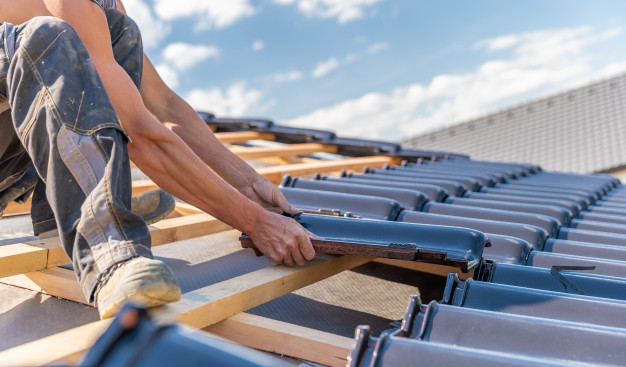How to Properly Inspect Your Roof to Check Whether You Should Fix it

The roof of your home is one of its most essential features. It keeps the elements out, but it also helps to protect the rest of your home from damage!

Photos By: Stock Images
That’s why it’s so important to make sure that your roof is in good condition and that any potential problems are fixed as soon as possible. One way to do this is to inspect your roof for any signs of damage regularly. Here are some tips on how to properly inspect your roof.
Identify Area for Water Damage
Water damage to your roof can happen for a variety of reasons. It could be due to something as simple as a loose shingle, or it could be due to more severe problems like leaks or holes in the roof. No matter the cause, it’s essential to identify any areas where the water damage has occurred so that you can make repairs as soon as possible.
One of the first things you should look for when inspecting your roof is any signs of water damage. It can be anything from water stains on the ceiling to missing shingles. If you notice any of these, it’s crucial to have the problem fixed as soon as possible to prevent further damage.

Check for Loose Shingles
Shingles are an essential part of your roof because they protect it from the elements. Over time, shingles can become loose or damaged. This can cause leaks and other problems, so it’s crucial to inspect your roof regularly for any loose or missing shingles.
If you find any lacking shingles, it’s essential to have them fixed as soon as possible. Besides, be choosy to the team you entrust the job to. Therefore, hire professionals to perform Roof Inspections for any loose or missing shingles. The damage can be caused by wind damage or age. If you notice any loose or missing shingles, it’s vital to have them replaced as soon as possible to prevent water from getting into your home.
Inspect flashings
They are usually made of metal and are found around chimneys, skylights, and other openings in the roof. Over time, flashings can become loose or damaged. It can cause leaks and other problems, so it’s essential to inspect them regularly. If you find any damaged or loose flashings, see an expert quickly. It helps prevent further damage to your roof and avoid costly repairs down the road.
How Are the Downspouts?
Another essential part of your roof to inspect is the gutters and downspouts. They play a crucial role in keeping water away from your home. If they’re not functioning correctly, it can lead to water damage. So, be sure to check them for any blockages or leaks. It’s dependent on the trees surrounding your home. If there are a lot of trees, you may need to clean them more often. If there are no trees, you can probably get away with cleaning them once a year or so. If you find any blockages or leaks in your gutters or downspouts, it’s vital to have them fixed as soon as possible. This can help prevent water damage to your home and avoid costly repairs.

Inspect for Cracks
Another thing you should look for during your inspection is any holes in the roof. These can be caused by various things, such as severe weather or age. Regardless of the cause, look for a team to customize the right solution for your needs. The size of the hole determines how the experts will deal with it. If it’s a small hole, you can probably repair it yourself with some caulk or sealant. However, if it’s a massive hole, you’ll need to have it fixed by a professional.
Check Out the Loft
When inspecting your roof, it’s also a good idea to look in the attic. This is because leaks and other problems can be easy to spot here. Be sure to check for any signs of water damage, such as stains on the ceiling or wood Rot. If you notice any water damage in the attic, it’s essential to have it repaired as soon as possible. This can help prevent additional damage to your home and prevent other costs to the house.
It’s paramount to inspect your roof regularly for any problems. Look for any signs of water damage, loose or missing shingles, damaged flashings, blockages or leaks in the gutters, and cracks or holes in the roof. If you notice any of these problems, be sure to have them repaired as soon as possible to prevent further damage to your home.





